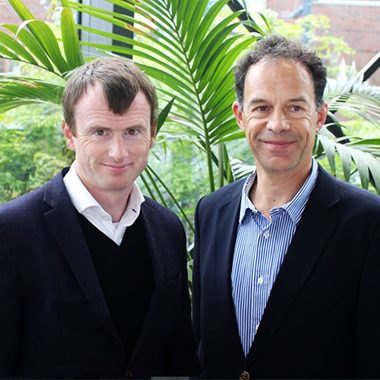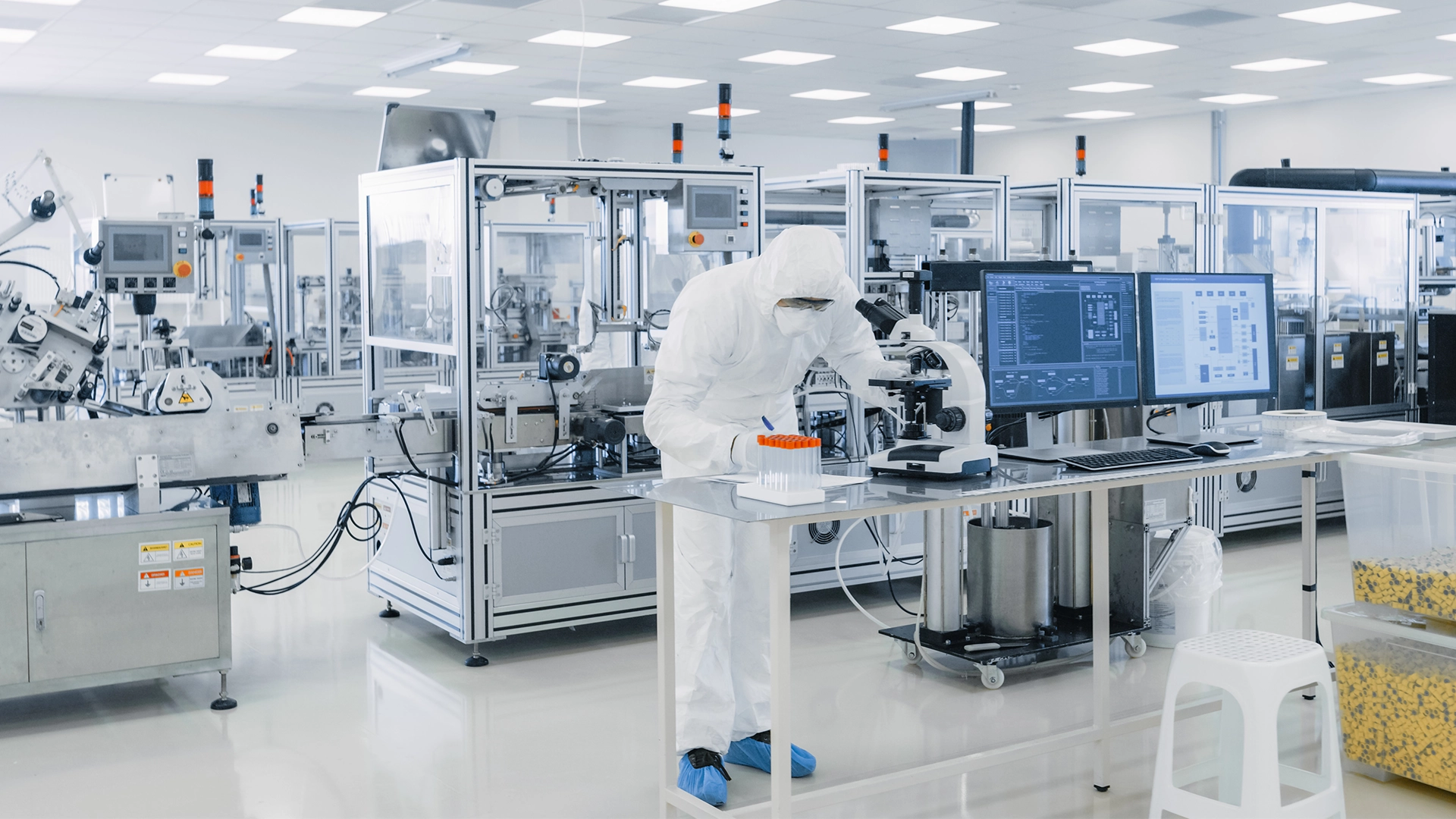With the growth of advanced therapy medicinal products (ATMPs), manufacturers want to understand how ATMPs can be combined with traditional bio-pharma production in the same building.
ATMPs often require significant segregation from other processes. However, by following a few relatively simple steps, a framework can be developed to understand this challenge and what's required.
Identifying needs and risks
The first step is to identify the business need - to make sure you know what you want to achieve and at what kind of scale. Then there is the most important step of all - data gathering. This will include a detailed review of the relevant regulatory requirements and any operational constraints. It will also involve some guiding principles based on legacy practices and benchmark data.
The next stage is to conduct risk assessments. These are critical for both employee and end-user safety. In doing so, it’s best to construct matrices for both the risk profile of each process and for the features your new or updated facility will require. Hand-in-glove with that will be a segregation strategy to ensure that each modality has the correct level of segregation.
Industry best practices need to be included in the planning. They can include ISPE Baseline Guides, Good Practice Guides or corporate practices
Best practices
Industry best practices may involve guidelines such as ISPE Baseline Guides and Good Practice Guides, or specific corporate practices.
For example, a company that manufactures products for which it wholly owns the rights may have a different risk appetite to a contract manufacturer producing products under license for many different owners. This will add another dimension to the Segregation Strategy.
Understanding risks
It’s important to note that this concept of mixing modalities may include different processes. These can run from very low risk (such as the use of characterised CHO cells, or therapeutic proteins) to high risk (such as those that include human-donated cells and viruses). Very high-risk processes, for example penicillin, are not part of this discussion and are deemed unsuitable for facilities with mixed modalities.
High-risk modalities, for example CAR-T manufacturing, which involves potentially biohazardous cells from patients, may require entirely dedicated material handling, work stations and waste management. These may be difficult to incorporate unless you are starting with a clean sheet for your facility design.


“Broader risk and individual risk assessments should include robust failure assessments and plans for coping with those failures."
Tom Bannon and Alf Penfold
Risk matrices
In developing your risk matrix, two elements are crucial - your own organisation’s appetite for risk and a clear understanding of the underlying science of the modality you are seeking to incorporate.
It is important to include any variations of the existing knowledge as and when it becomes available. When developing your facility features by risk group matrix, it is important to capture any operational constraints that may exist.
For example, an ‘agnostic’ facility into which multiple modalities can easily be installed may present very different challenges to an existing operation. The level of segregation will depend on the level of primary and secondary containment. This can be multi-modal on a concurrent or campaign basis or the level of toxicity or potential for viral contamination.
Needless to say, once your risk assessment and matrix is complete, risk assessments on the scenarios under consideration should be completed to verify the facility features.
Can multiple modalities be accommodated in one facility?
Yes, it seems they can. But only on foot of clear understanding and implementation of any regulations governing the materials used. Also essential is a clear and explicit risk assessment that includes methods to deal with failures of any of the individual systems and segregation practices. In conclusion, robust segregation along with knowledge of and adherence to industry best practices will certainly allow multiple modalities to be carried out in one facility.


"As ever, it will be practice and experience that will ultimately guide us through these changes."
Tom Bannon and Alf Penfold
For more on the mixing of modalities and the best practices involved, be sure to read ‘Multiple Modalities In Manufacturing’ by Tom Bannon and Alfred Penfold, published in Pharmaceutical Engineering, the official magazine of ISPE.








